A complete timeline of President Trump's 2024 tariff implementation strategy across the globe
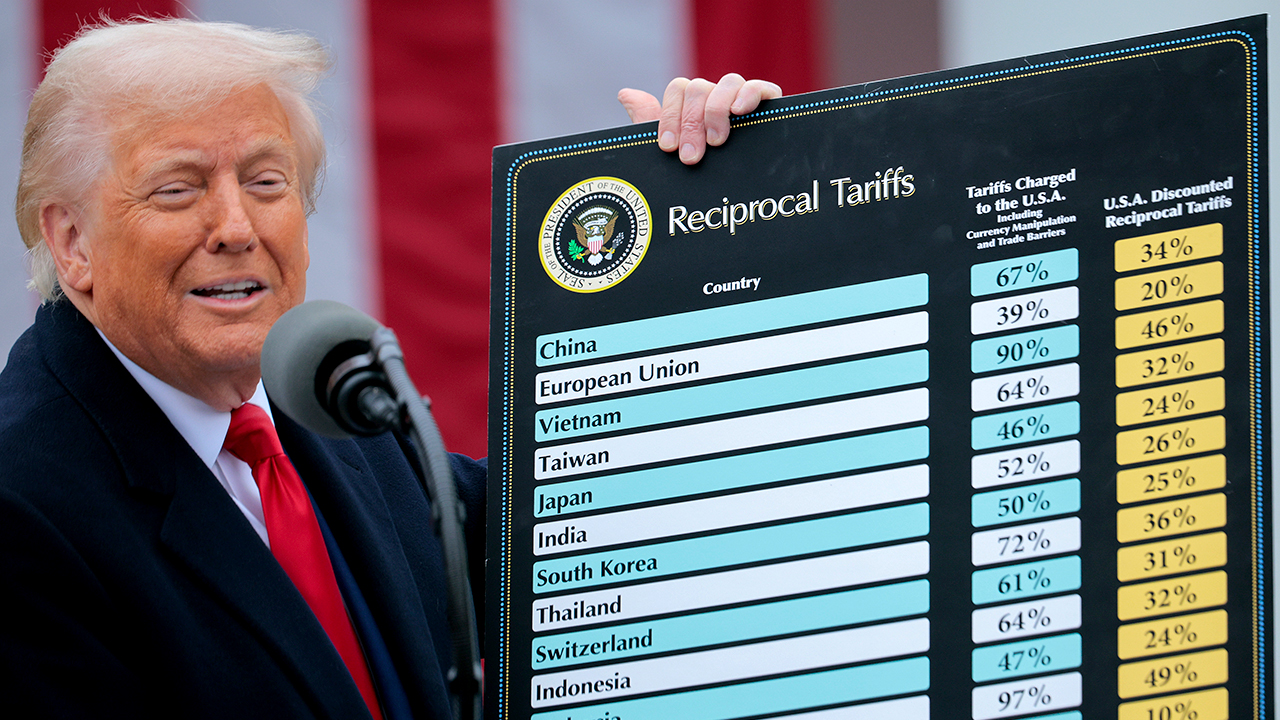
As President Donald Trump's Aug. 1 deadline approaches for a slew of trade deals, here's a look at where U.S. tariffs stand and how they unfolded across the globe.
From steel to semiconductors, here's a look at Trump's global tariff rollout thus far.
Feb. 1: Trump signs an executive order to impose 10% tariffs on China and 25% tariffs on both Mexico and Canada. The executive order cited a national emergency over fentanyl smuggling and illegal immigration.
Feb. 3: Trump announces a 30-day pause on 25% tariffs on Mexico and Canada.
Feb. 4: The 10% tariffs on all Chinese imports come into effect.
Feb. 10: Trump unveils plans to place a 25% tariff on steel and aluminum imports.
Feb. 13: The president signs a plan for the U.S. to look at implementing "reciprocal" tariffs against countries that tax or limit American imports.
Feb. 25: Trump orders a tariff probe into copper imports, signaling a potential trade announcement.
March 4: Trump imposes an additional 10% tariff on Chinese goods, bringing the levy up to 20%. Separately, the 25% tariffs on Mexico and Canada take effect.
WHITE HOUSE SAYS CANADA HAS BEEN 'DIFFICULT' AS TRADE DEADLINE LOOMS
March 5: Following a meeting with automaker leaders Ford, General Motors and Stellantis, Trump grants a 30-day exemption on goods from Mexico and Canada.
March 12: The 25% tariffs on steel and aluminum take effect.
March 13: Trump threatens to impose a 200% tariff on European wines and spirits. The sky-high duty follows the European Union's move to place a 50% levy on American whiskey.
FROM BOURBON TO BORDEAUX: TRUMP'S TARIFFS SPILL INTO GLOBAL BOOZE MARKETS
March 24: Trump says he will place a 25% tariff on all imports from any nation that purchases Venezuelan oil or gas.
April 2: During a "Liberation Day" event, Trump announces a 10% universal tariff on all imports and "reciprocal" tariffs for a slew of countries.
April 3: A 25% tariff on foreign-made cars comes into effect.
April 5: A 10% universal tariff on nearly all countries also takes effect.
April 9: Trump's higher "reciprocal tariffs" begin just after midnight. Hours later, the president says he is issuing a 90-day pause on those duties, except for China. Trump raises tariffs on Chinese goods from 104% to 145%, the highest rate so far this year.
April 14: Trump says he is considering temporarily exempting the U.S. auto industry from tariffs, citing potential negative impacts on supply chains.
The president orders a probe into imports of computer chips and pharmaceuticals.
May 3: A 25% duty on auto parts comes into play.
May 4: Trump turns to Hollywood in his latest tariff threat and proposes a 100% duty on foreign-produced films.
May 8: The U.S. and U.K. announce a trade deal. Trump keeps a 10% minimum duty on U.K. goods in place.
May 12: Washington and Beijing agree to roll back tariffs for 90 days while their trade negotiators meet in Geneva. The U.S. brought tariffs from 145% down to 30%. Meanwhile, China dropped its 125% tariffs on U.S. goods to 10%.
A BREAKDOWN OF THE COUNTRIES FACING TRUMP'S TARIFFS
May 23: Trump says he will place a 25% tariff on all Apple products if the tech titan does not agree to make its iPhones in the U.S.
The president said he is also considering a potential 50% duty on European Union imports beginning June 1.
May 25: Following a discussion with EU Commission President Ursula von der Leyen, Trump says he will delay tariffs until July 9.
May 28: A U.S. federal court blocks some of Trump's tariffs. Within a few hours, the administration filed an appeal.
May 29: In an apparent victory for Trump, a U.S. federal appeals court allows the tariffs to remain in place while the legal process unfolds.
June 4: Tariffs on steel and aluminum double to 50%.
July 2: Trump announces a trade agreement with Vietnam. The deal puts a 20% tariff on Vietnamese exports to the U.S. and 40% duty on transshipping. The levy on transshipping applies to goods that were made in other countries and then sent to Vietnam as a hub for export. All U.S. goods exported to Vietnam will have zero tariffs applied.
July 7: The White House announces that it will extend the reciprocal tariffs pause from July 9 to Aug. 1.
Goods from South Korea and Japan are subject to a 25% import tax, according to trade letters Trump posted on social media.
Additionally, Trump said he would impose a 10% tariff on countries that "align themselves with the anti-American policies of BRICS." The BRICS alliance includes Brazil, Russia, India, China, South Africa as well as Indonesia, Iran, Egypt, Ethiopia and the United Arab Emirates.
July 8: The president pledges a 50% tariff on copper imports.
July 9: Trump announces a 50% tariff on Brazilian goods. The president singled out Brazil partly in retaliation for the ongoing prosecution of the country’s former president, Jair Bolsonaro.
GET FOX BUSINESS ON THE GO BY CLICKING HERE
July 10: The president announces in a Truth Social post that he will impose a 35% tariff on Canada due to Ottawa's failure to stop the flow of fentanyl into the U.S.
July 12: Trump says the U.S. will place a 30% tariffs on the EU and Mexico in separate letters shared on Truth Social. The new levies are slated to take place on August 1.





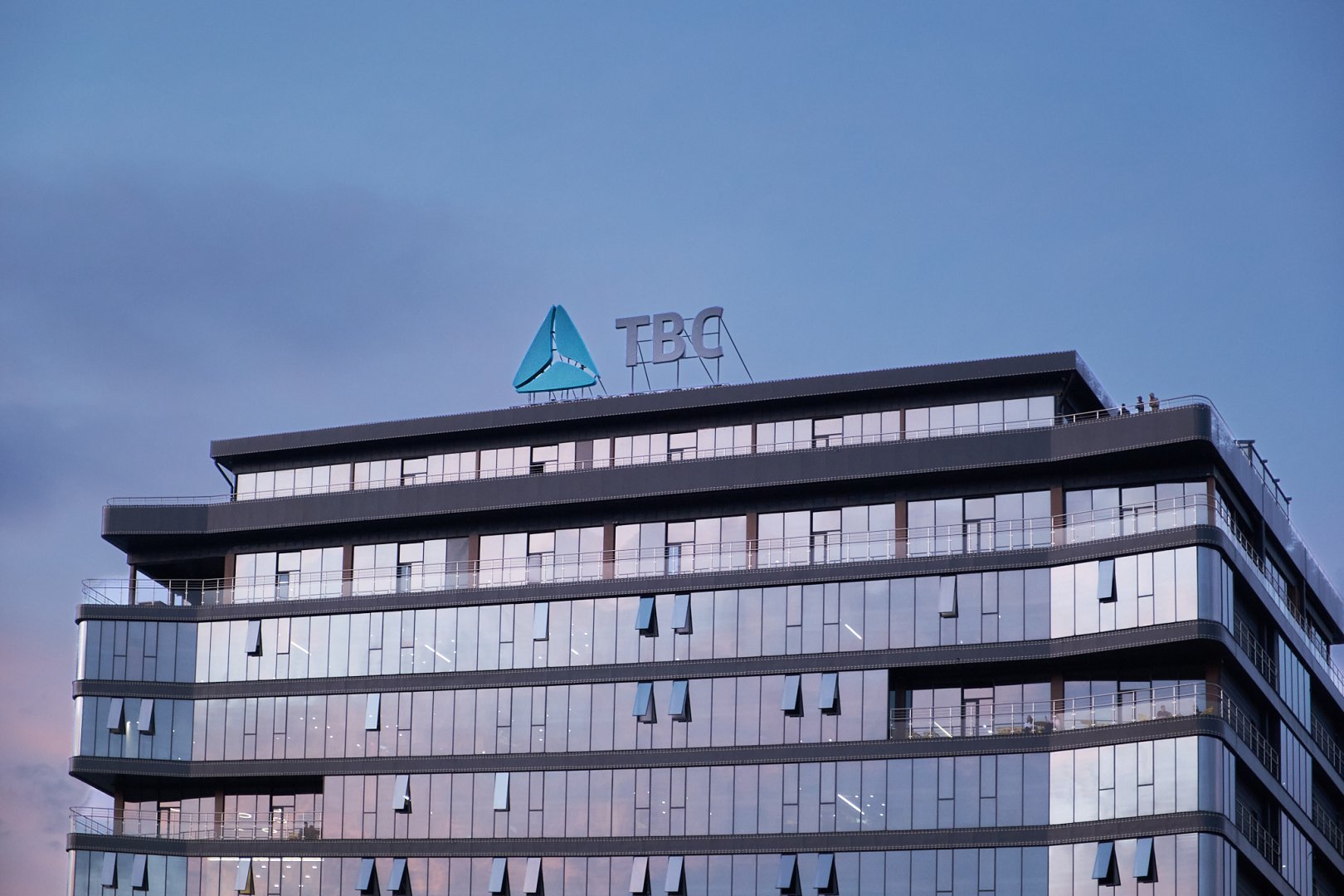

















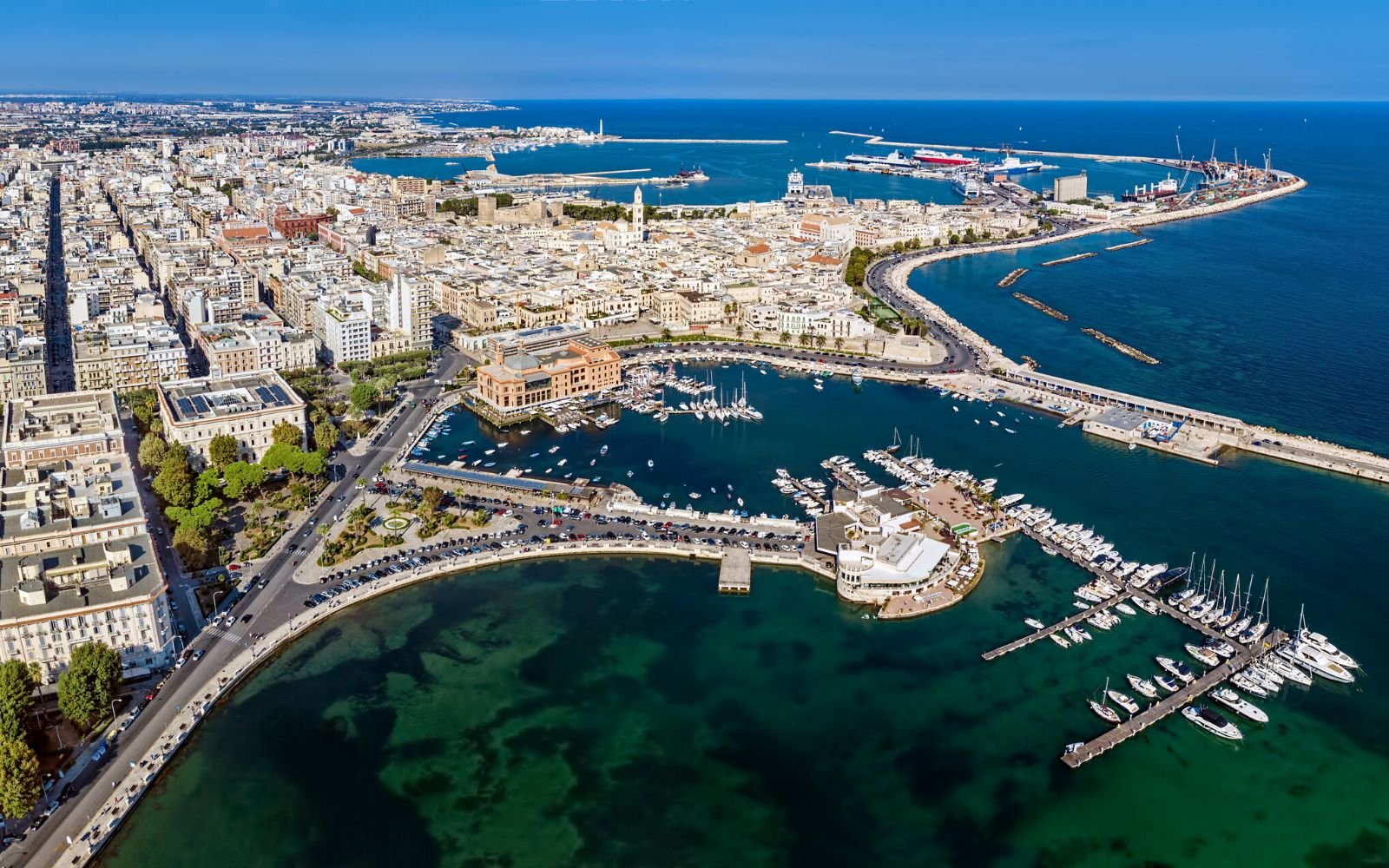




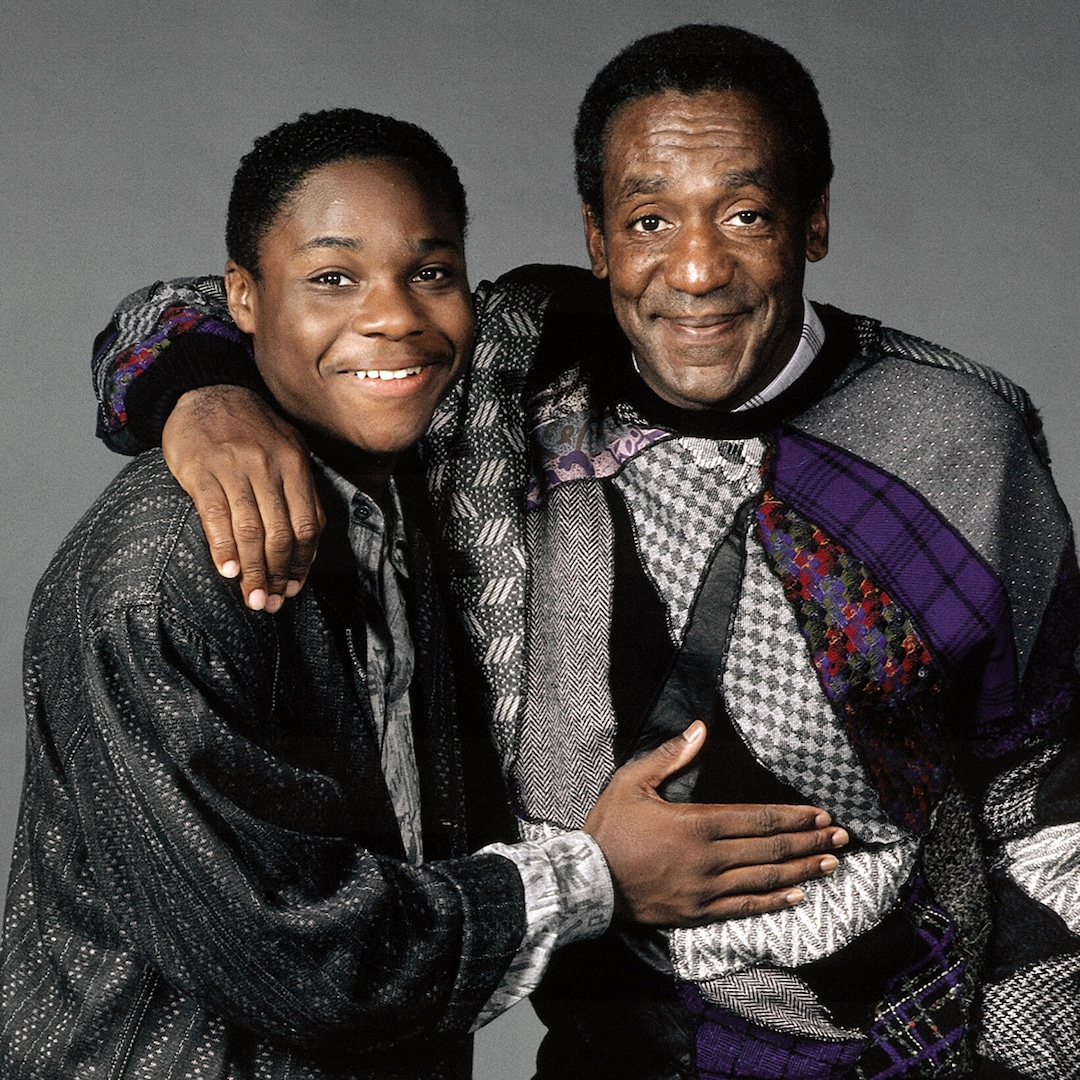
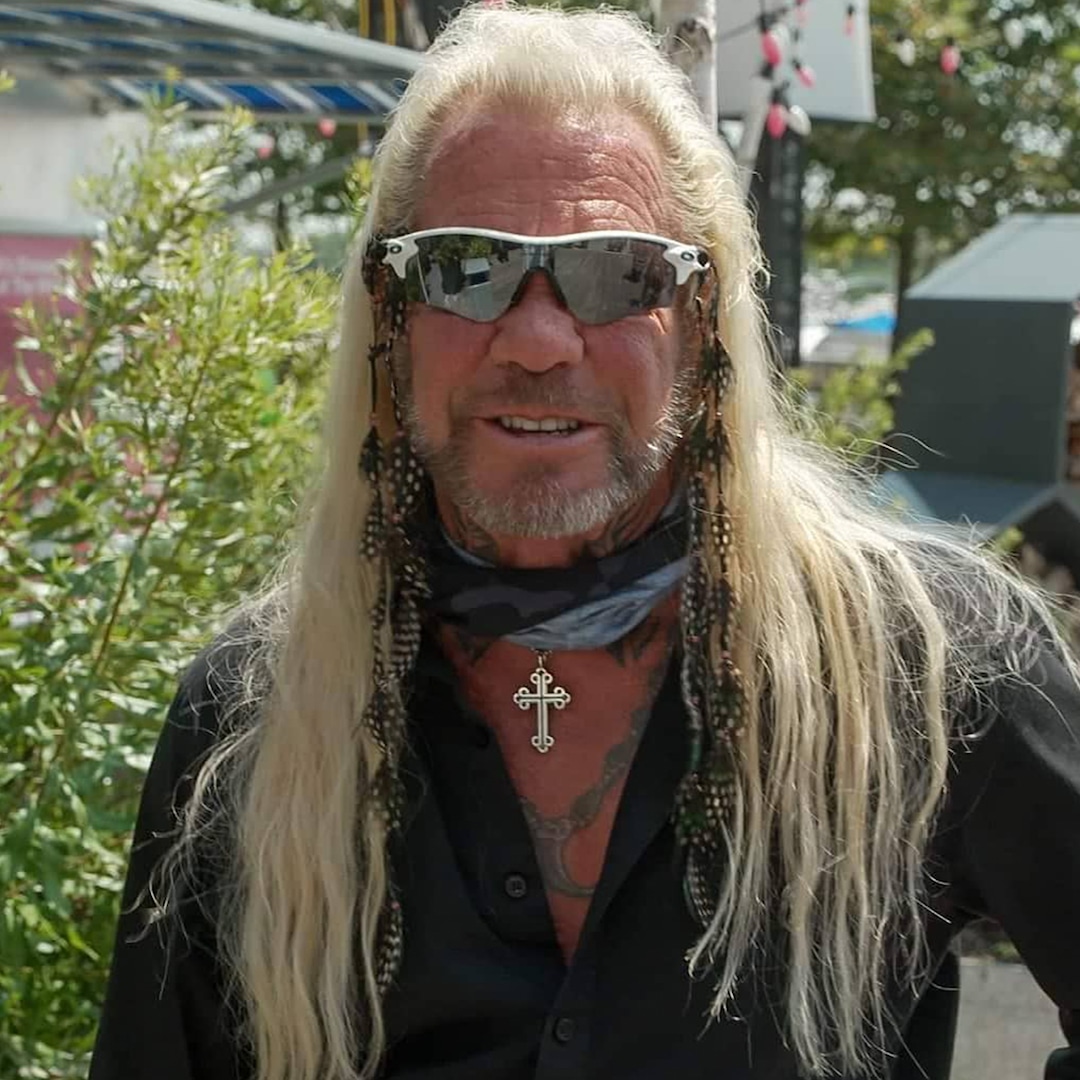


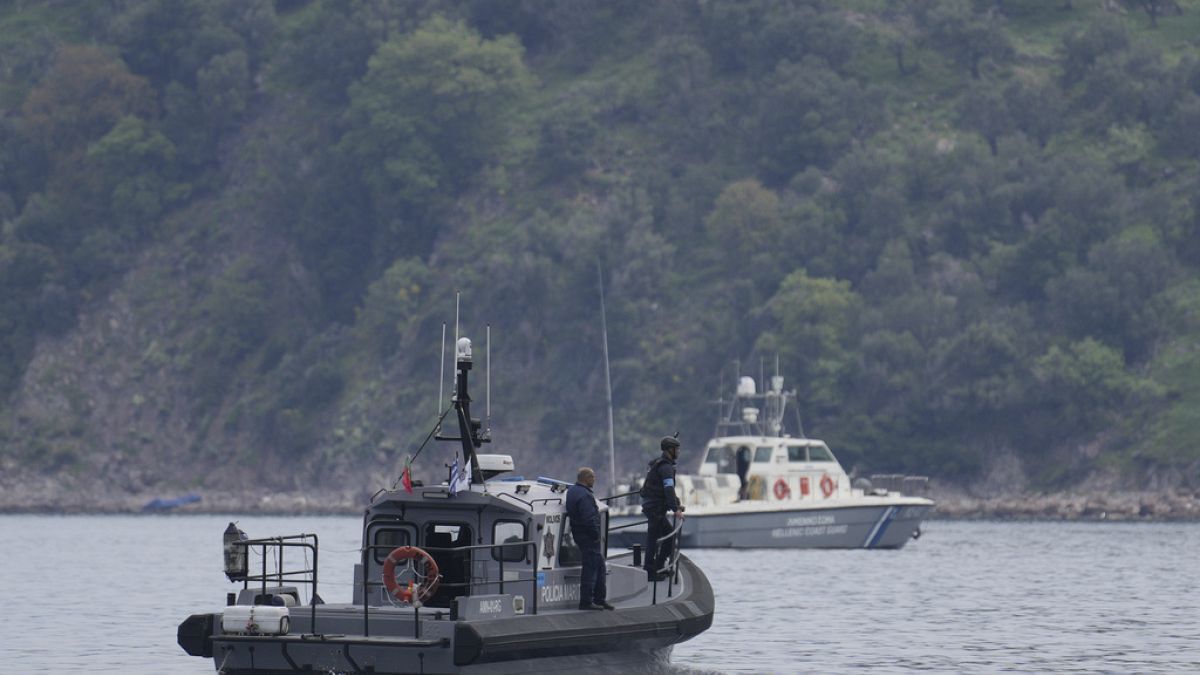











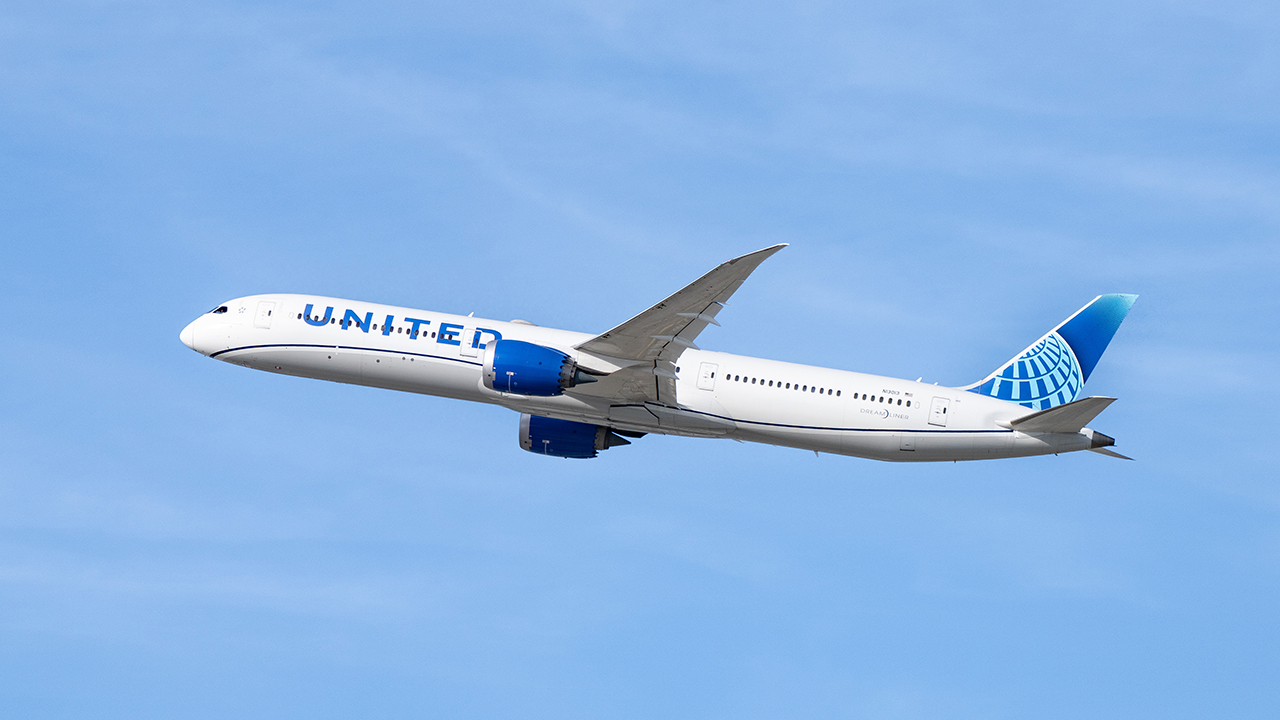
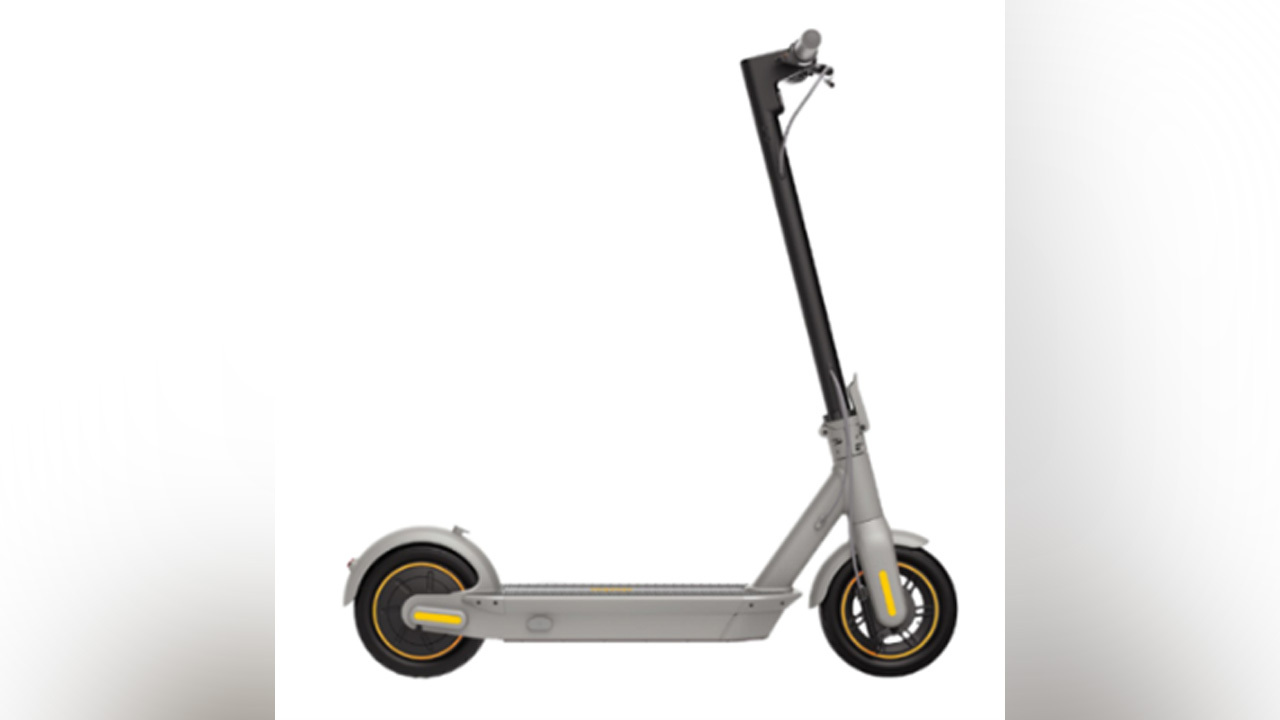
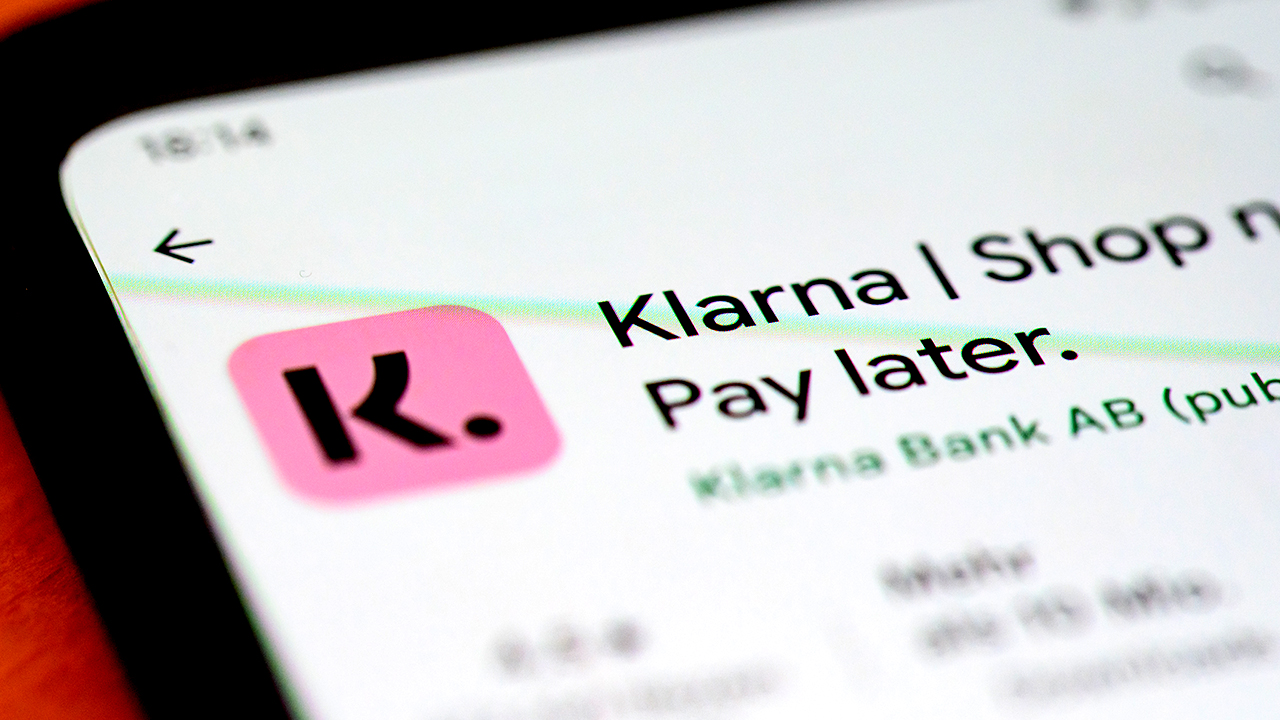
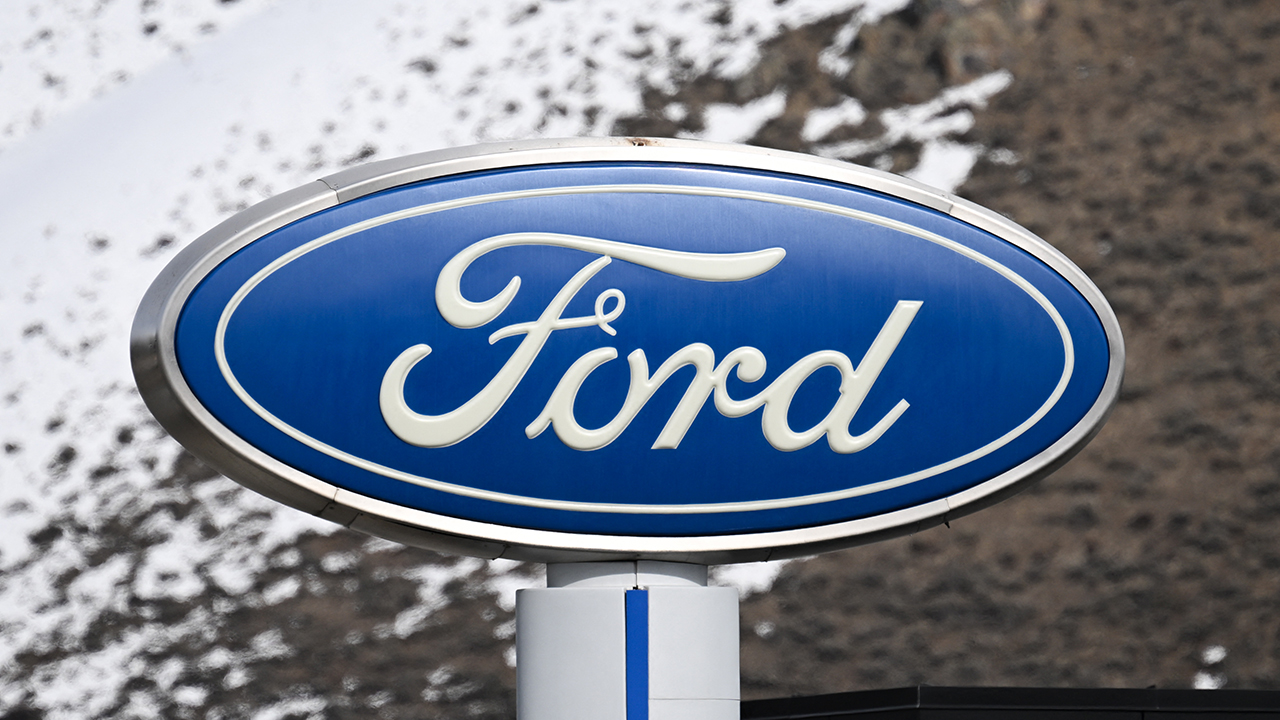
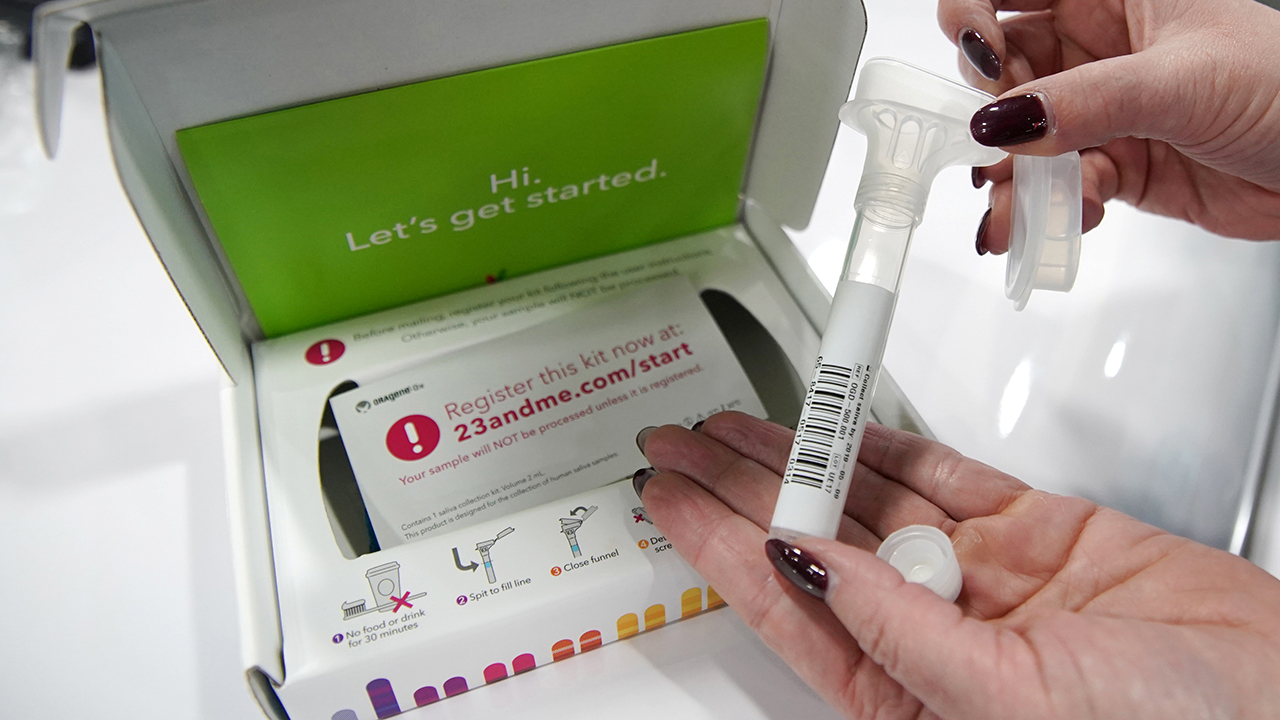
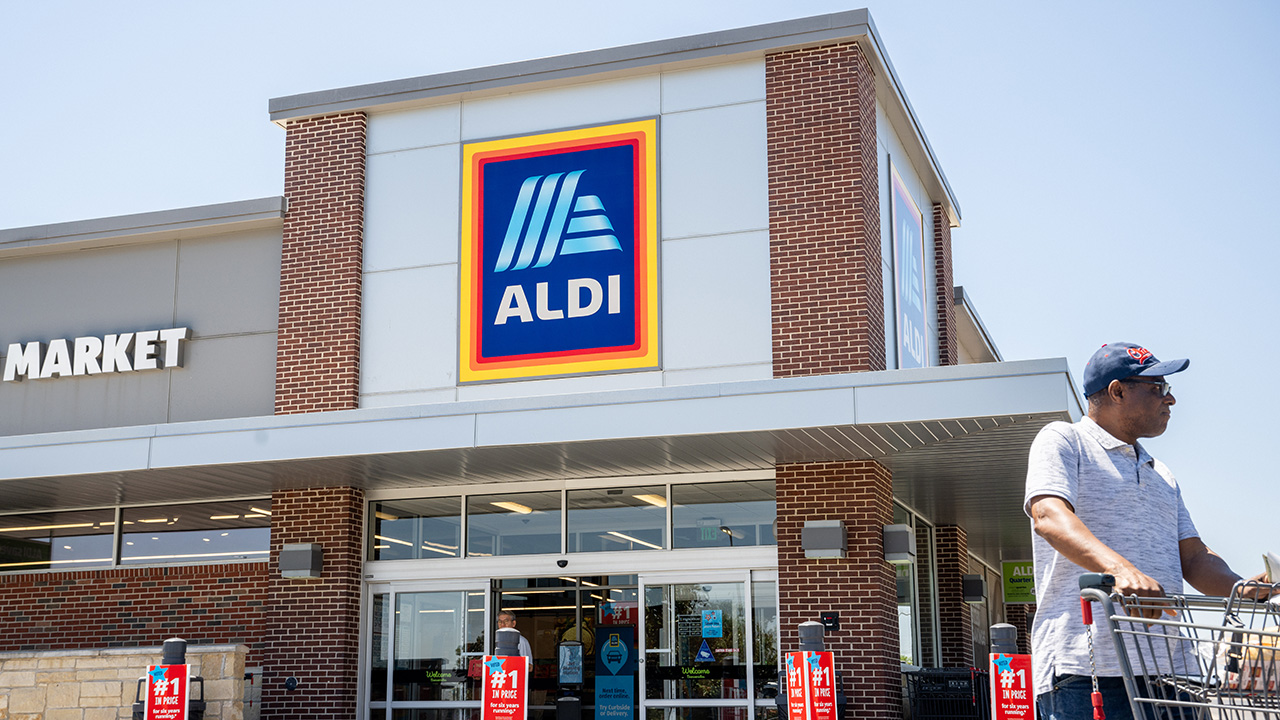


.png?Expires=1838763821&Key-Pair-Id=K2ZIVPTIP2VGHC&Signature=IO0~CT3pU-TcxGc~yoZSmoQx23MZVuK-~4jSii~NKEblRmyO3el7NXPu~Rh1o23voASg7hlcHLw4kvQuDK1jssEhcjoNBBvEpZ~GGOAU6yosBhpHpeF179F~h7i6VxmsBNh9gtTutkoqY73O2YCFey~IAqSzKbBqETP1kP9cAg1916Z1YkJJs-5MliMrkZ5d7-mWGLbpHp2wGj2VlMph8XzYlL4~y1O7fB~JdIS~Rs4RMRs2x0WT1qUIpHAsf3GdwtOyAmKFSpIg8xCyNGZZ5h~13nXlmpd7uPvW8tBfttpG9pFTqcway-uch5WyfHOEfi7UlJCOWrr6fCYY5PMgSg__)
